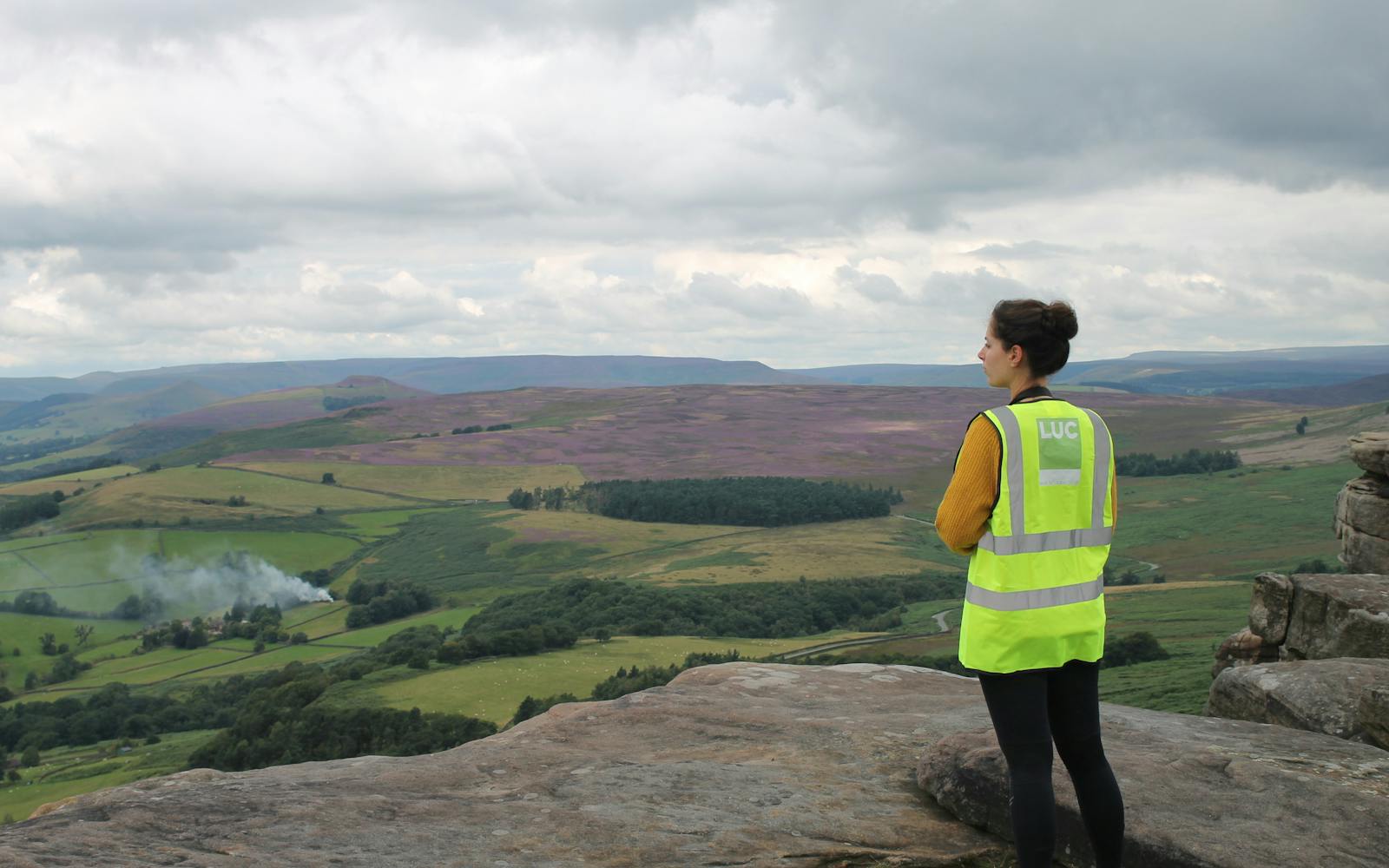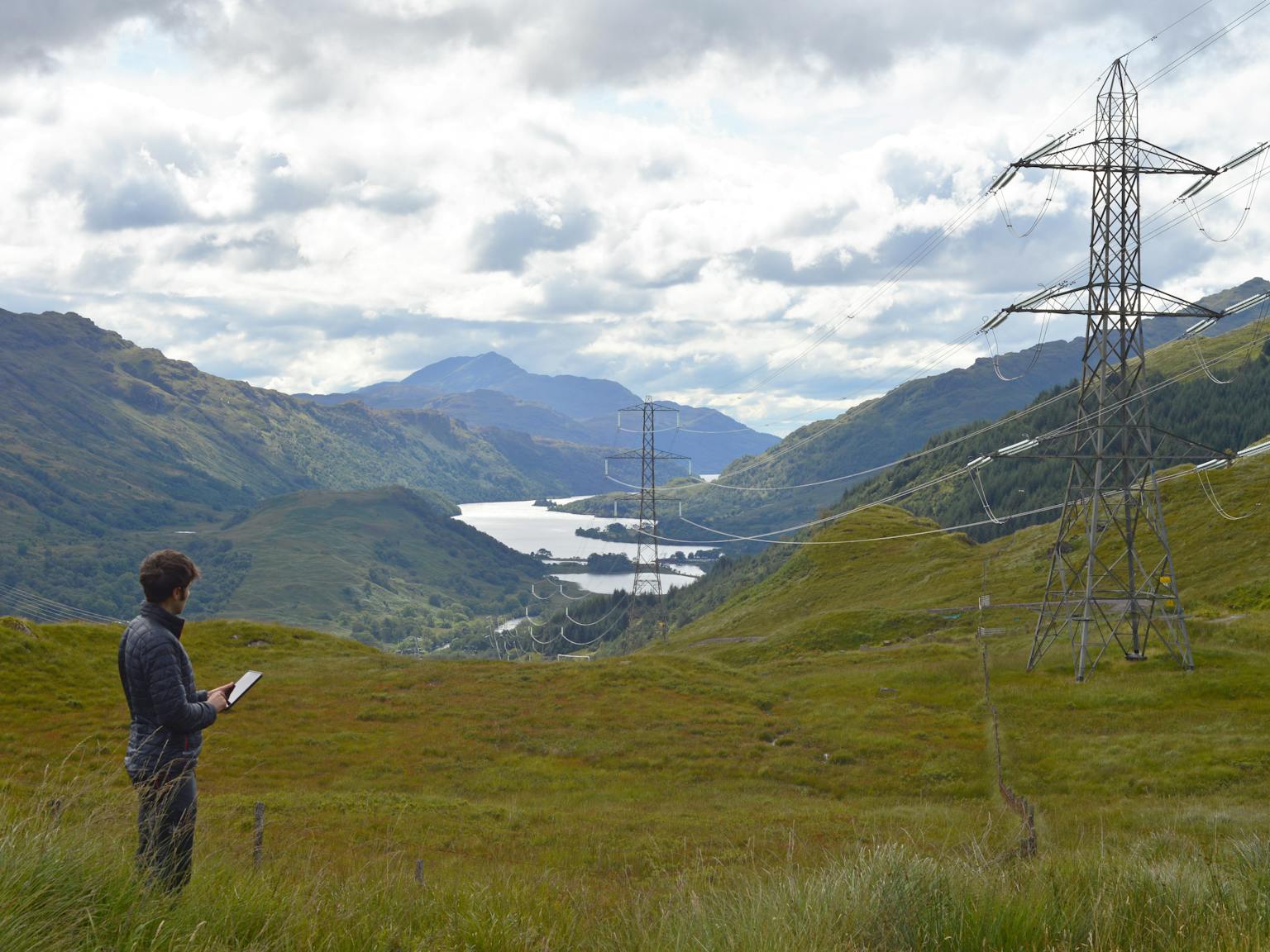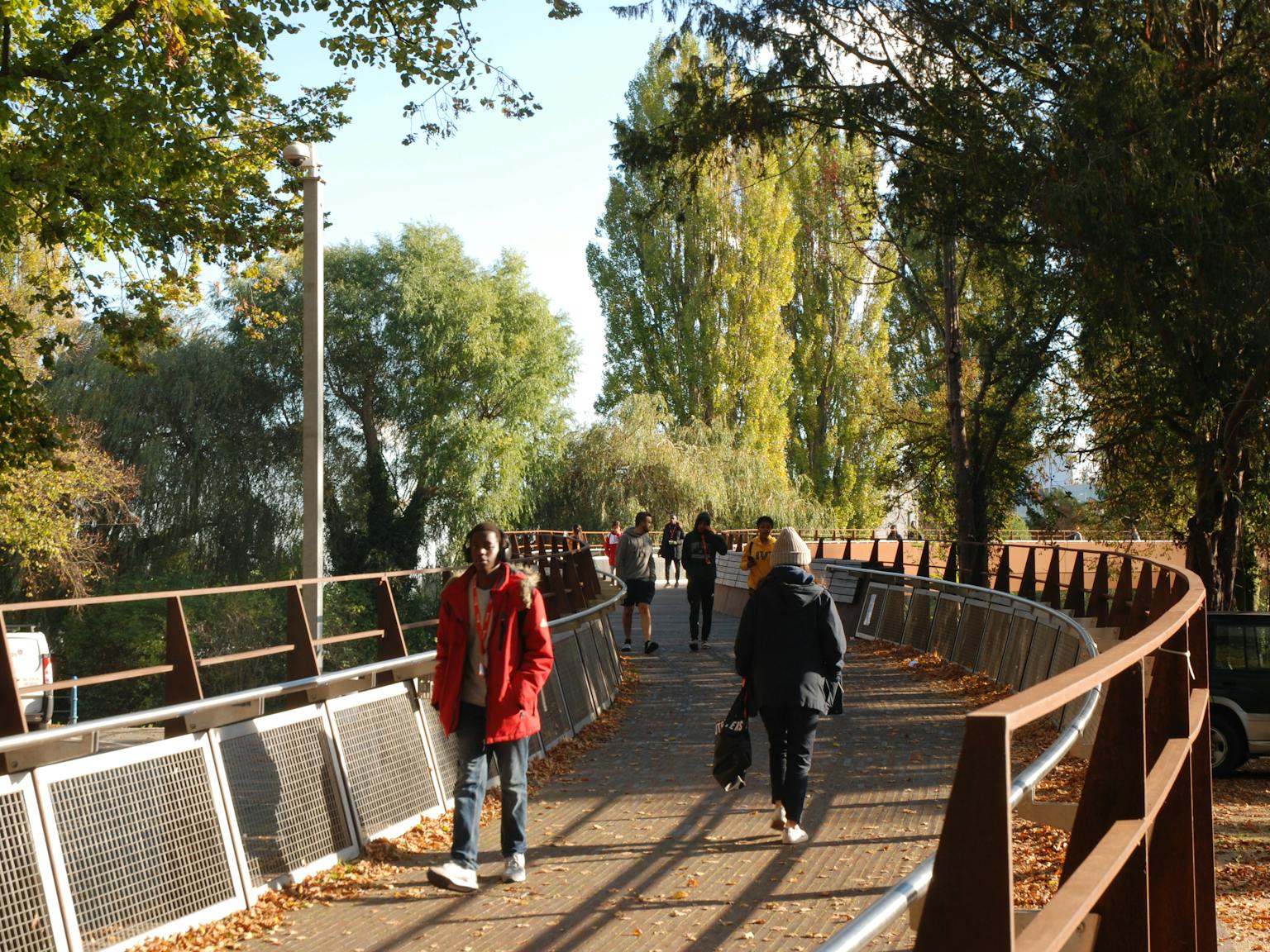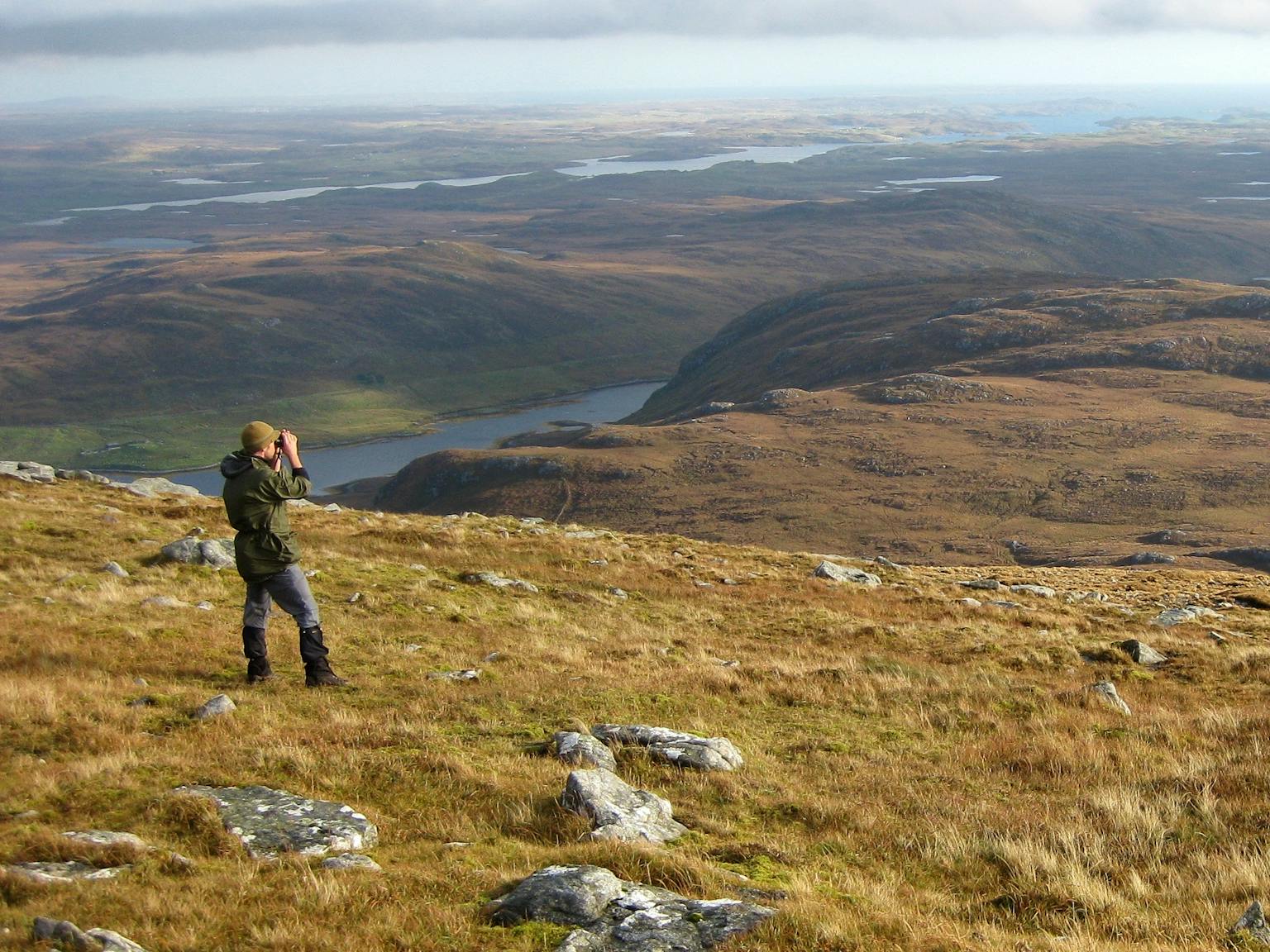
Adapting landscapes for a changing climate
Kate Ahern, Director of Landscape Planning, helped develop the Landscape Character Assessment Guidance and prepared guidelines on implementing the European Landscape Convention. Her work embraces research and practical applications across all landscapes. She is interested in developing approaches for managing resilient and multifunctional future landscapes within a place-based spatial framework.

Our mission is to lead in building landscape resilience to address the challenges of a changing climate. We recognise a need to evolve our Landscape Character Assessment (LCA) work to build in climate change consideration, adaptation and responses. LCAs identify and describe the features that distinguish a landscape and consider how people experience it. Application in Landscape Strategies involves interpreting data, projections, statistics, and predictions to understand their implications for landscape character and places.
Climate change will require us to move away from the traditional approaches of conserving and enhancing and towards opportunities to create new distinctive and rich landscapes.

Responding to the global climate crisis?
The global climate is fundamentally impacting the future character of the UK's landscape, along with its distinctive natural and cultural features. These impacts can cause major landscape changes through extreme, one-off events like flooding, wildfires, or storms, as well as gradual changes over time, such as pests and diseases threatening characteristic treescapes.
Landscapes are already responding to our efforts to slow and adapt to climate change. Many of these changes could significantly enhance the landscape if applied in the right place and at the right scale. Woodland expansion increases carbon storage, hedgerow restoration reverses species decline, and slowing overland water flow prevents soil erosion while sequestering carbon.
Other responses, like the development of wind, wave, and solar energy technologies, along with the need for battery storage and grid infrastructure, introduce developments into our landscapes that require careful planning, integration, and appropriate mitigation.

Evolving the LCA process
There is an opportunity for the LCA process and its application to be more ambitious. Evolving the process should aim to optimise environmental outcomes and deliver resilient and adaptable landscapes. We need landscapes that sequester carbon, are net carbon stores, alleviate the impacts of climate change, and address the biodiversity crisis while working to strengthen or create new character.
The profound effects of climate change on our landscapes mean it should permeate all aspects of the LCA process, rather than being confined as a separate topic within LCAs.

Integrating climate change into LCA projects
LUC’s approach to integrating climate change into LCA projects involves three main steps. The first LCA step is to understand place, character and values of the landscape.
- Standard identification of key characteristics could be widened to include a better understanding of natural processes including geology, soils, geomorphology, and hydrology and how these are affected by climate change.
- Understanding of the important values and qualities of the landscape can be expanded to include wider values important for climate adaptation, such as soils for carbon storage or the role of floodplains.
- Considering the area outside the boundaries helps with understanding the wider landscape functions, such as its role within local hydrology, soil processes and local catchments.
LCA step two aims to understand climate change projections. Instead of applying generic national predictions, we should tailor assessments to specific landscapes, recognising the substantial variations across the UK. We must aim to develop generic typologies of evidence specific to the region and landscape.
The final step considers landscape-scale adaptation approaches. These responses aim to increase climate resilience and adaptability based on the landscape’s intrinsic characteristics and values.

Addressing the challenges of climate change
Conserving and enhancing existing landscape features and characteristics, creating new features to increase resilience, carbon sequestration and storage, landscape restoration to increase climate adaptability, and responding to new renewable energy developments all contribute to optimising environmental outcomes.
When considering responses to climate change, particularly adaptation and mitigation, LCA alone cannot set policy direction for the amount or types of renewable energy development. However, it can provide guidance on location and design. LCA can usefully consider the intrinsic character and features of a place and how these can be managed more effectively to achieve resilience and net zero.
We must adopt a bold new approach to expand the role of LCA in addressing the challenges of a changing climate. LUC's team of landscape planning professionals is working to set a new standard, moving beyond conservation and enhancement, and pushing boundaries.
By developing new approaches to LCA, we can create more opportunities to establish new landscape features and habitats, store carbon, and shape landscapes capable of accommodating renewable energy infrastructure.










